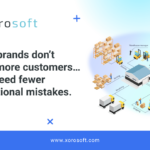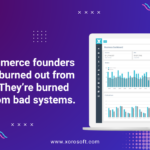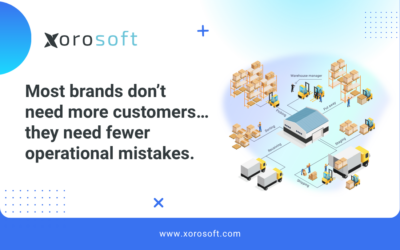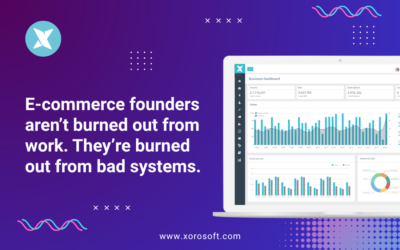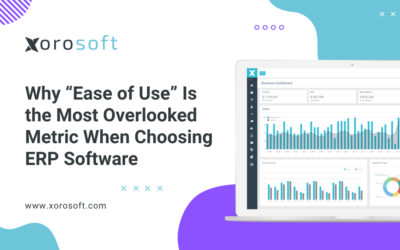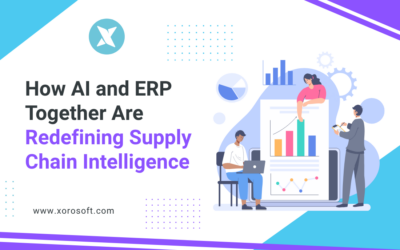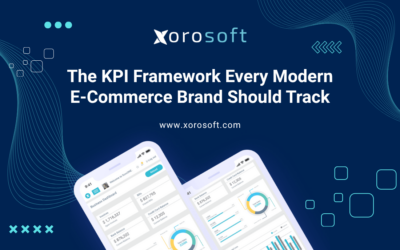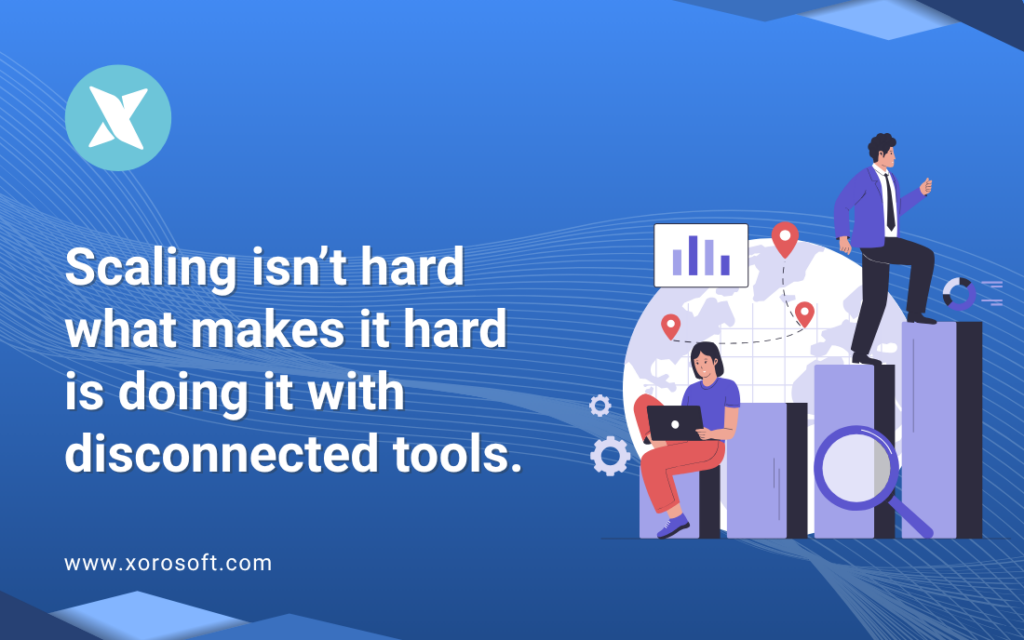
Rethinking How Modern Brands Scale Operations
An integrated ERP platform is now essential for any ecommerce or omnichannel brand that wants to scale without operational chaos. Because growth moves quickly, disconnected tools often create invisible friction that slows teams down, increases mistakes, and makes decision-making harder than it needs to be. Although most leaders expect some operational complexity, the truth is that the real problem usually comes from systems that never evolved to match the pace of the business.
Therefore, scaling is not the issue. Instead, fragmentation is. When brands rely on spreadsheets, manual reporting, or siloed tools, the workflow becomes reactive rather than strategic. However, once all operational functions run inside a unified system, teams gain the clarity and speed they need to grow without interruption.
Why integrated ERP is becoming the default for modern ecommerce brands
The pace of ecommerce no longer allows companies to operate with disconnected systems. Since real-time visibility now determines competitive advantage, brands increasingly rely on unified platforms that eliminate fragmentation.
An integrated ERP platform aligns teams, reduces operational drag, and ensures that decisions reflect real data. Because the entire workflow becomes more efficient, brands scale without the chaos that once felt inevitable.
If your goal is to grow without limits, the foundation must be stable, automated, and connected. With the right system in place, scaling becomes not only manageable—but repeatable.
Ready to scale without chaos?
If your brand is ready to eliminate operational bottlenecks and unify inventory, orders, purchasing, fulfillment, and accounting, Xorosoft ERP is built for your next stage of growth.

